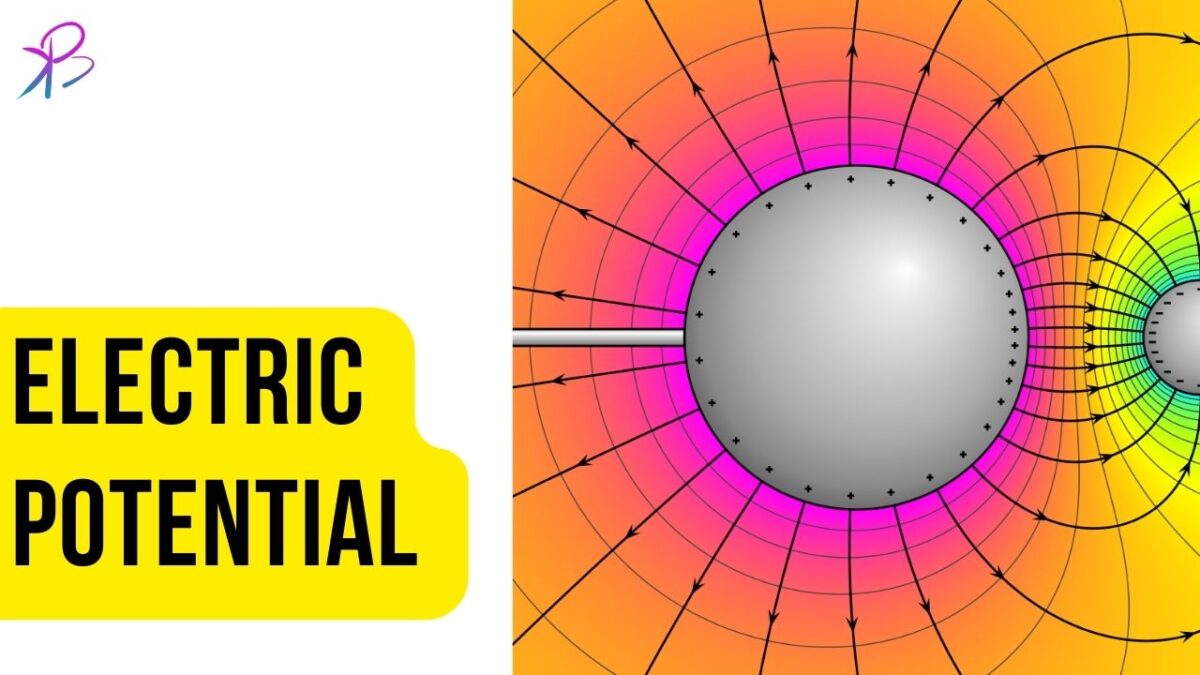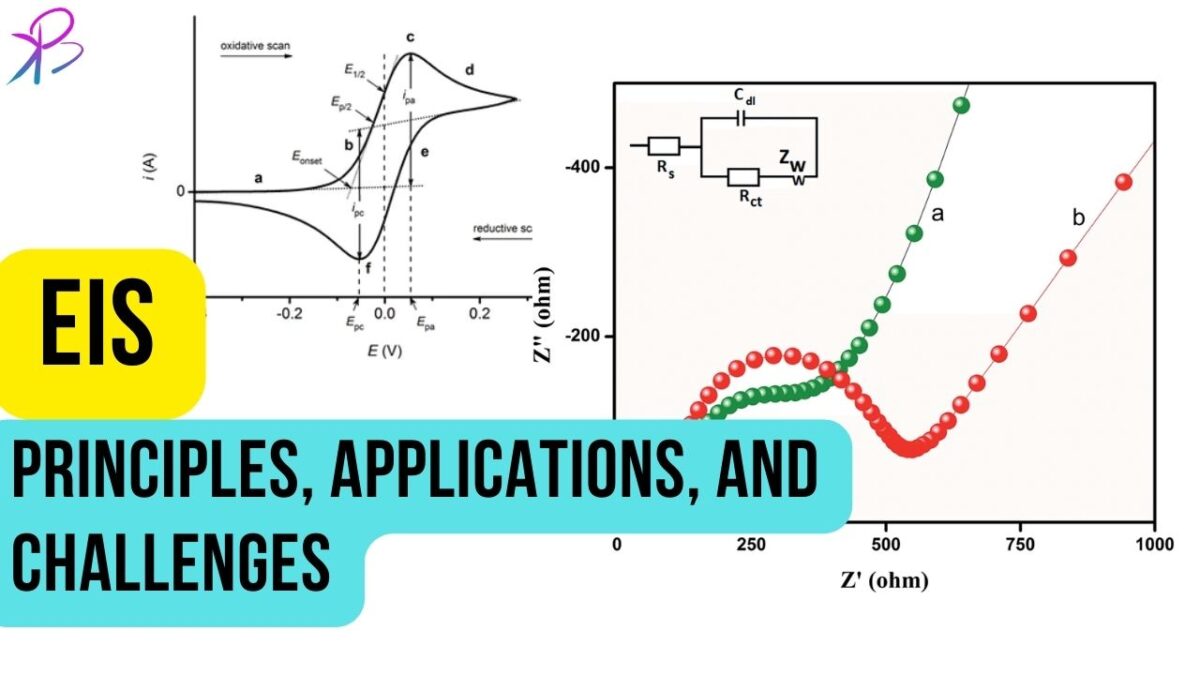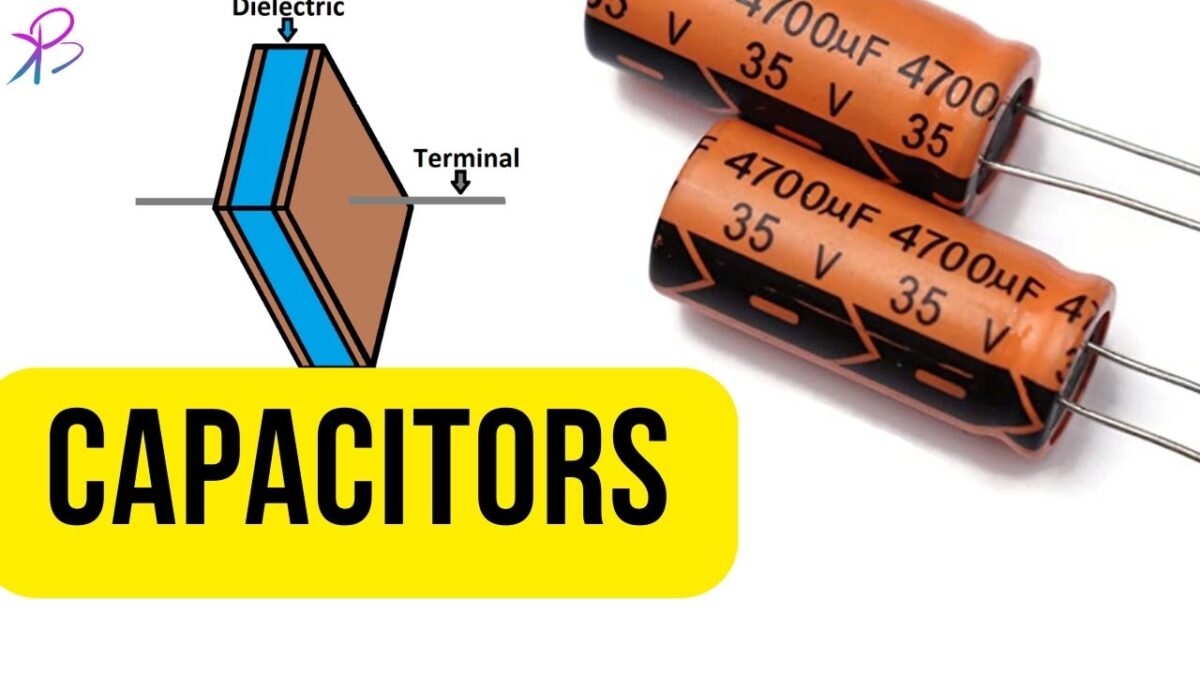Explore the fascinating world of science through our countdown of “The Top 10 Most Mind-Blowing Scientific Theories”. You’ll be left in awe of the wonders of our universe, quantum mechanics, and even our own consciousness! Ever found yourself in deep thought, staring at the stars, wondering about the intricate complexities of the universe? Or, pondering […]









